In Australia we live in a beautiful country with diverse landscapes and marine environments. This in turn means we are home to many animals great and small. Some of these are venomous and their bites and stings can potentially be fatal. Knowing how to treat different types of bites and stings can mean the difference between life and death.
This blog will concentrate on one technique known as Pressure Immobilisation Technique (PIT) or Pressure Immobilisation Bandage (PIB)
SO WHAT IS THE PRESSURE IMMOBILISATION TECHNIQUE/BANDAGE AND WHEN DO WE USE IT?
The pressure immobilisation technique was developed in the 1970’s by Professor Struan Sutherland. The purpose of this technique is to hinder the movement of the venom through the lymphatic system and prevent it from entering the blood stream, buying the casualty time before medical help arrives.
The preferred bandage to be used in performing Pressure Immobilisation Technique (PIT) is a snake bite bandage that has indicators to assist with ensuring correct pressure is applied.
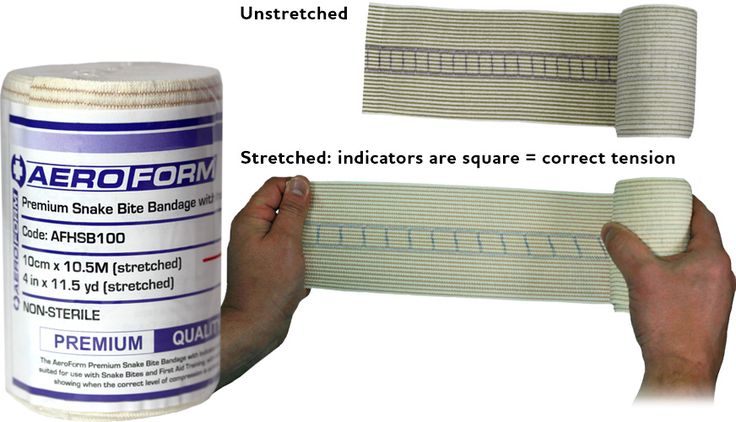
In the absence of a snake bite bandage, a heavy elasticised bandage can be used, followed by a normal crepe bandage. If no bandages are available, improvise and use clothing.
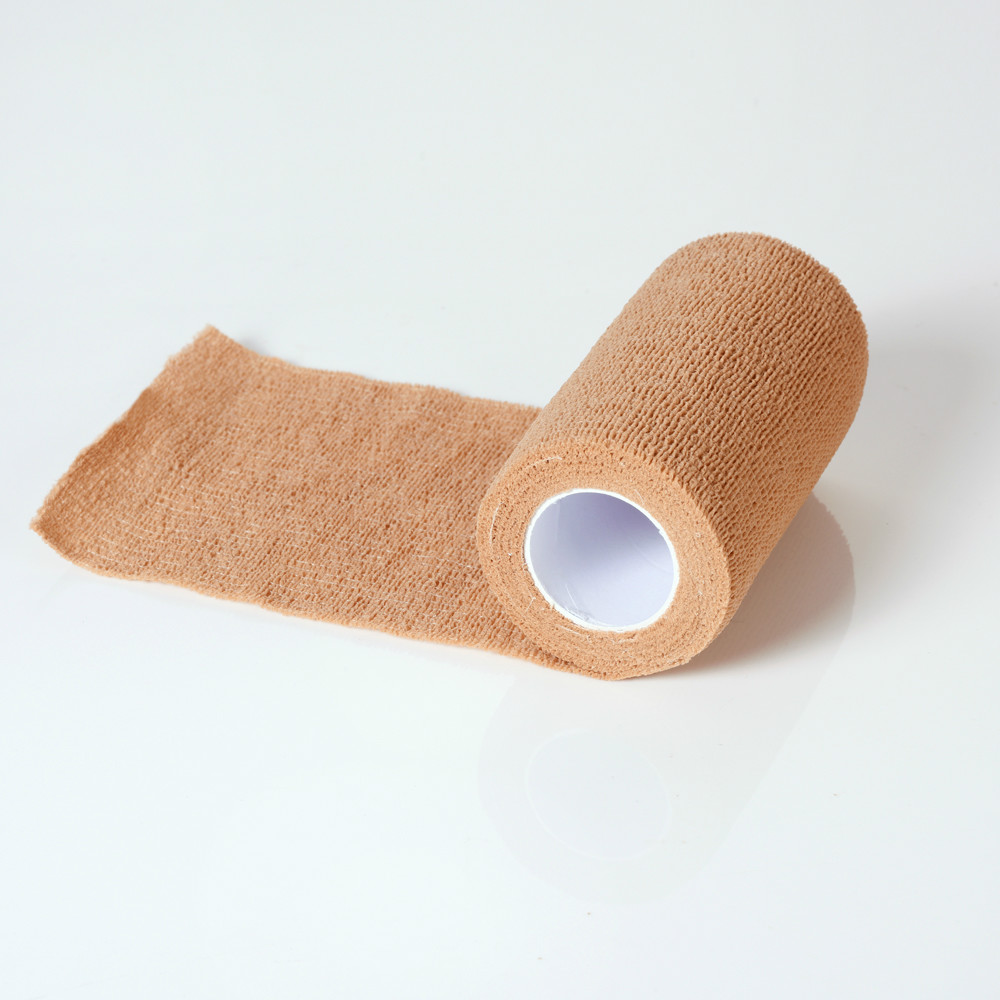
HEAVY ELASTICISED BANDAGE
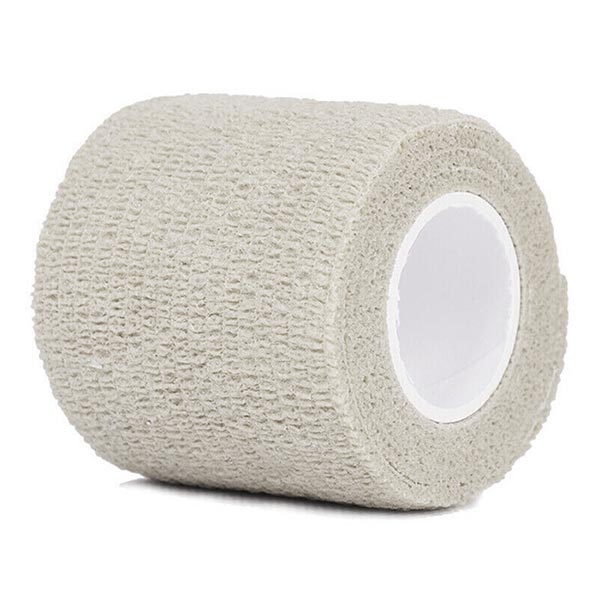
CREPE BANDAGE
Pressure Immobilisation Technique/Bandage is used to treat the bites/stings of the following 4 creatures:
- All venomous snakes including sea snake
- Funnel Web Spider
- Cone Shell
- Blue Ringed Octopus
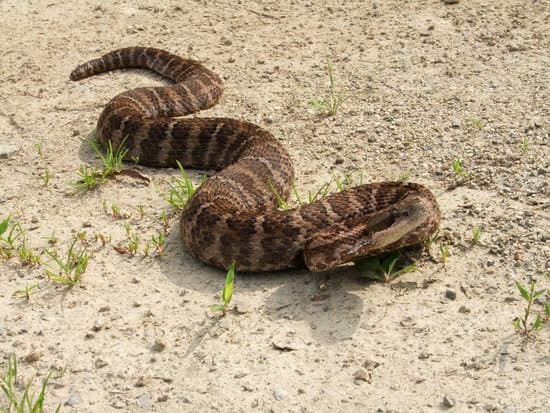
VENOMOUS SNAKES 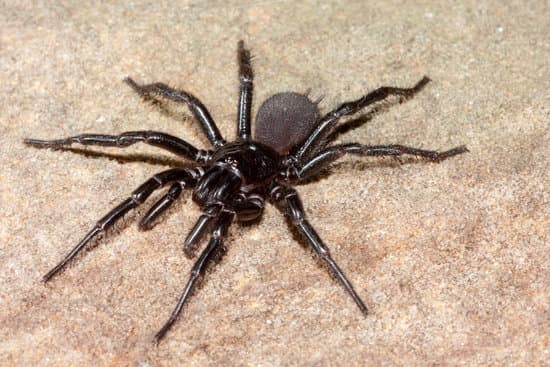
FUNNEL WEB SPIDER 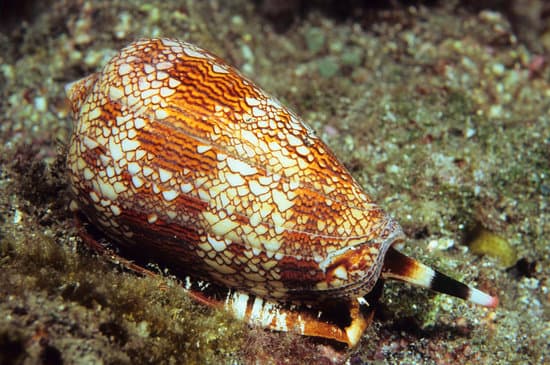
CONE SHELL 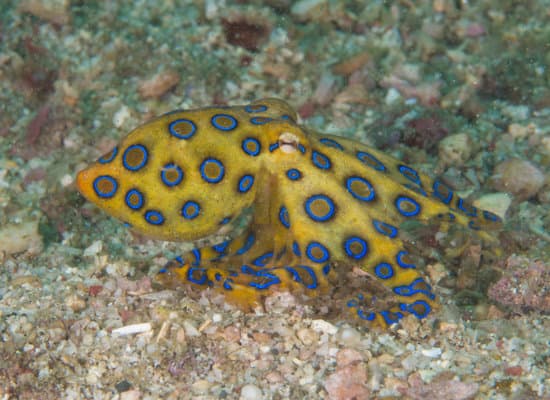
BLUE RINGED OCTOPUS
